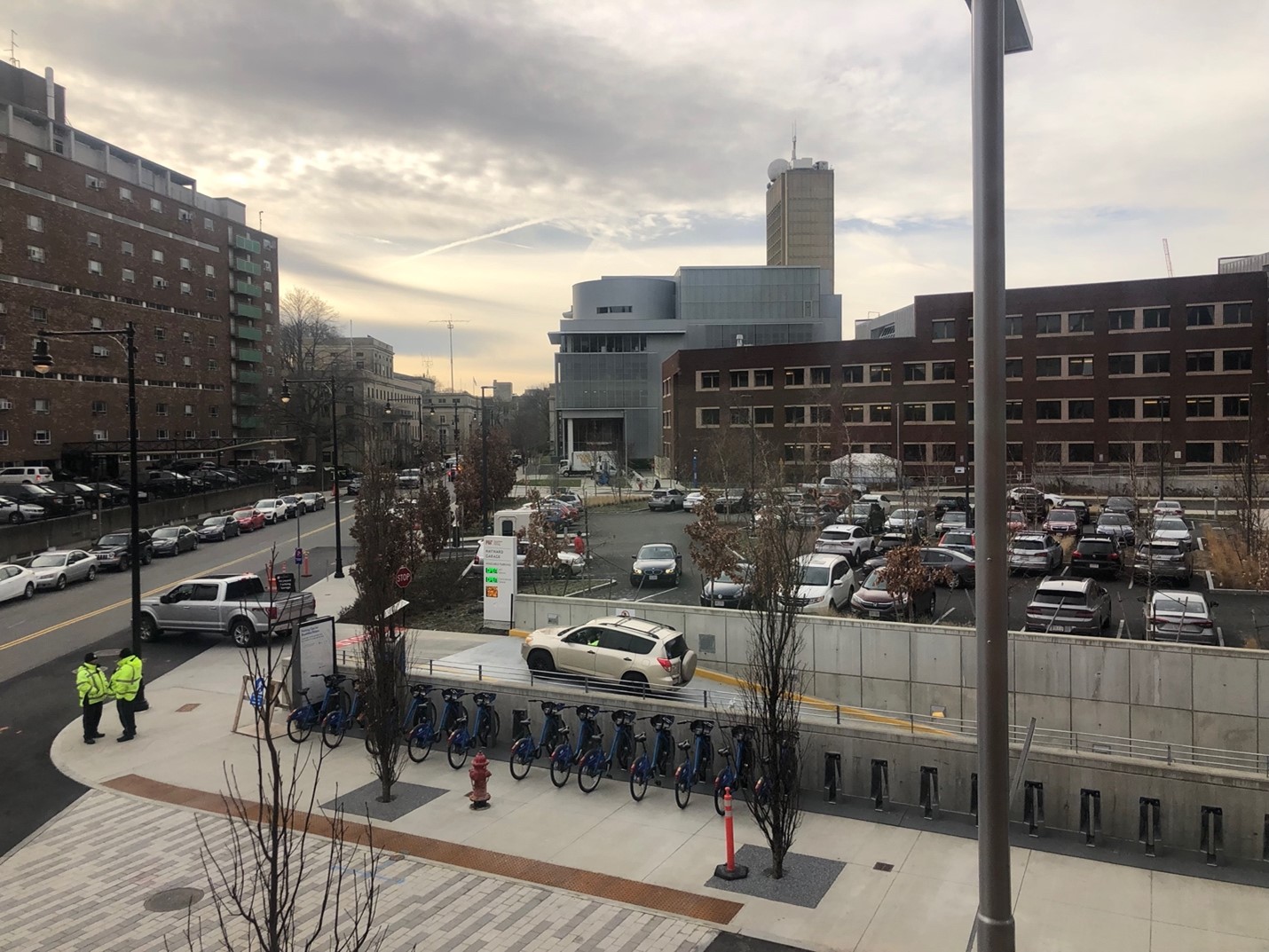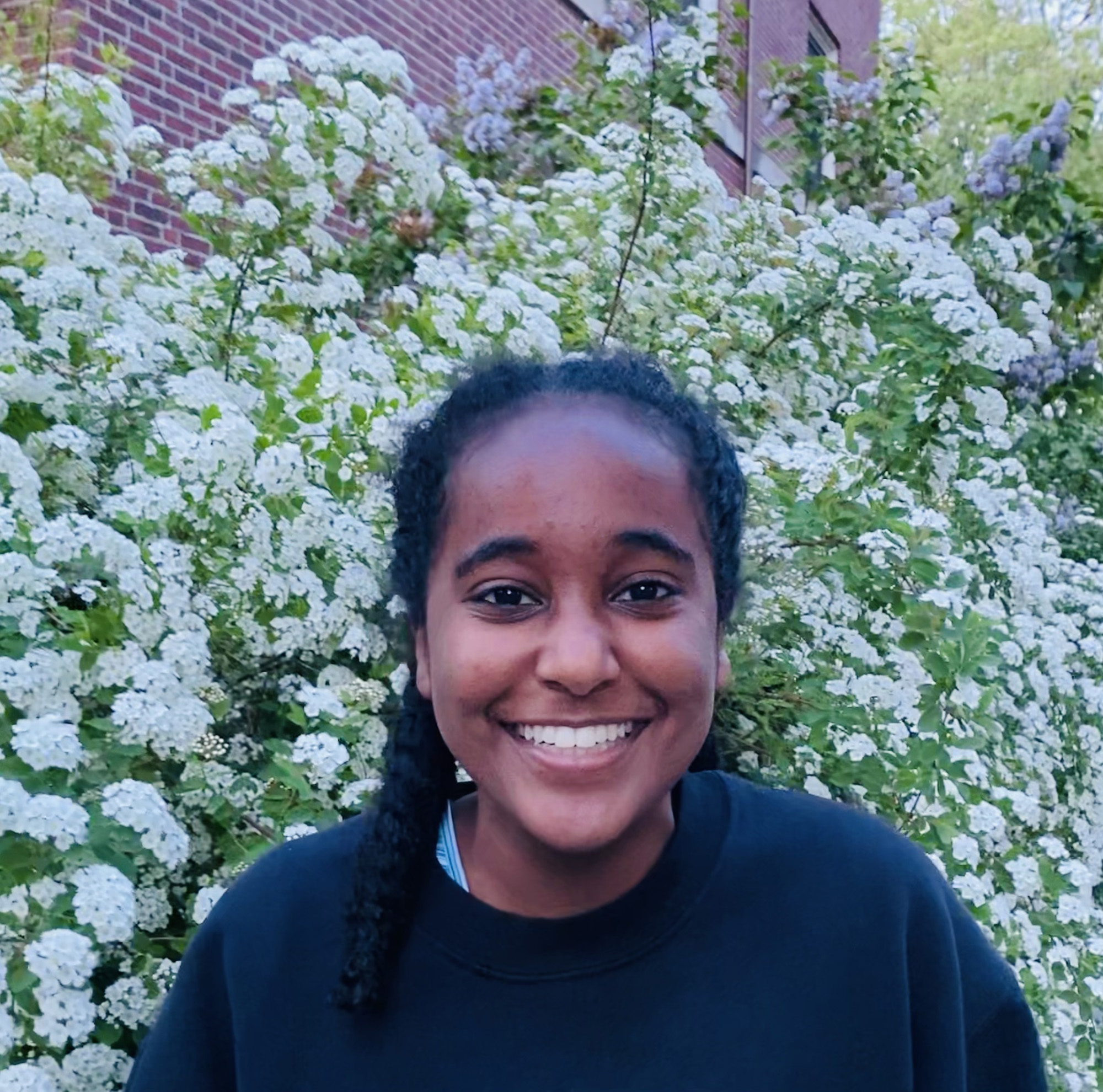Food for thought: The (bike lane) intersection of aging and cycling
I sit right next to a large window in the AgeLab office, where I have a privileged view of the organized chaos of the MIT campus. Directly outside of the window is a BlueBikes bike-share station. In the morning, the BlueBike station is full of bikes deposited by people arriving on their morning commute to campus. Then the station quickly empties around 5:05pm.
BlueBikes is near the top of my list of “Best Ideas to Ever Be Implemented.” For now, I’ll name just three reasons why:
Convenience. Taking a BlueBike across town is a simple, easy, and sustainable transportation option. Just walk to a pickup station, grab a bike, and go! No waiting for a bus that may never show, no taking what feels like thousands of steps to get underground to the T, and no worry about parallel parking in a tiny spot.
Liberation. Imagine the wind in your hair (or face generally, for those without hair) as you cruise down the road, taking in all the sights and sounds. You can control your own direction and release stress through a low-impact form of exercise.
Affordability. Owning a bike, especially in Boston, can be expensive. Bikes typically cost a few hundred dollars upfront, along with costs for regular maintenance. Bike theft in cities like Boston is also common. BlueBikes offers an unlimited annual membership that costs less than what one would pay for annual bike maintenance. They also have an income-eligible program that begins to address financial barriers.
But as great as BlueBikes are, watching the daily ebbs and flows of the daily commuters—who are mostly younger people—makes me think about their physical accessibility. Who benefits most from a service like BlueBikes, and who might be getting excluded, however inadvertently?
Riding a bike is not an easy task. It requires balance; you need the ability to swing and sometimes even launch your leg over the seat; you must have fair vision and hearing capabilities, especially if you plan to bike in a city like Boston. Cycling can be dangerous, and that appears to be especially true for older adults, who are at greater risk of fatal bike accidents than younger age groups, according to AARP.
While looking for organizations to volunteer for, I came across an organization called Cycling Without Age. They’re a global grassroots movement whose mission is to get older adults back on bicycles, while also building intergenerational relationships. Cycling Without Age was founded in 2012 by Ole Kassow, out of Copenhagen. Volunteers can sign up to “pilot” trishaw rides to community-dwelling older adults. Boston has its own Cycling Without Age chapter at 2Life Communities located in Brighton. Cyclists can sign up to volunteer on their website and provide older adults rides to the scenic Chestnut Hill Reservoir or to local farmer’s markets.
In addition to the advantages of riding outdoors, feeling the wind, and soaking up some vitamin D, Cycling Without Age’s most valuable benefit might be the connections and community that is created between older adults and the volunteers. Being able to meet new people and share stories, even only for 30 minutes or so, can make all the difference in someone’s day.
Although cycling may not be as thrilling as the long-awaited fully autonomous vehicle or whatever Elon is cooking up, thinking about how our communities are built and what services we have access to today as we age is vital to making our cities accessible. Some solutions may be closer to us than we think.
Just some food for thought the next time you go for a bike ride or see someone riding around on a two-wheeled limousine.

